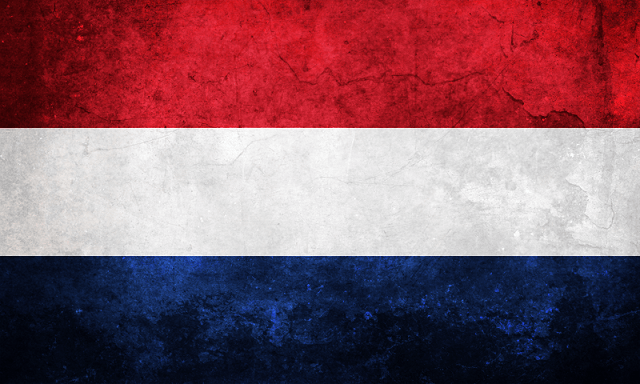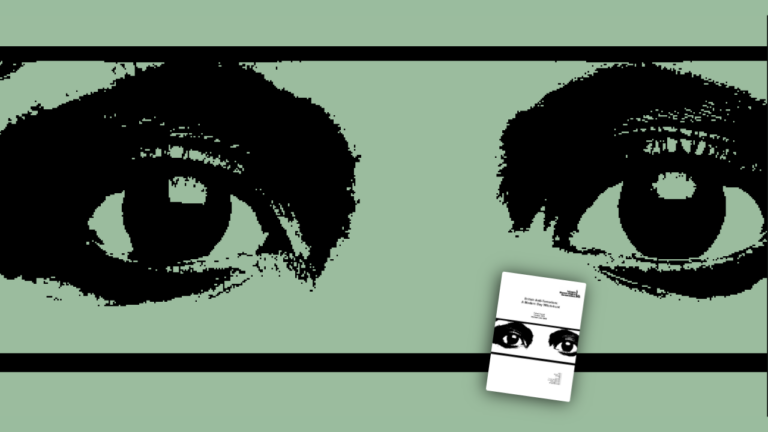We welcomed the move in 2015 by the United Nations committee on the Elimination of Racial Discrimination urging The Netherlands to get rid of Black Pete because it has racist elements. “Black Pete is sometimes portrayed in a manner that reflects negative stereotypes of people of African descent and is experienced by many people of African descent as a vestige of slavery,” their report stated.
The annual Sinterklaas Festival became a testing ground for the status of ethnic minorities and their attempts to influence what it means to be Dutch. The festival is based on a legend that every December 5th, St. Nicholas travels to the Netherlands from Spain to reward or punish children. Accompanying him are an army of helpers or “Black Petes”, clownish and acrobatic figures dressed in Moorish page suits.
While the legend of Sinterklaas is rooted in Middle Age European history the character of Black Pete is a colonial construct dating from the 19th century at the height of the Dutch Empire. At the time the figure of Black Pete was produced the Netherlands was a global colonial power involved in slavery and slave trade for more than 200 years. From the late sixteenth century to the abolishment of slavery in 1863, the Dutch had traded over half a million African men, women and children across the Atlantic and enslaved millions more. Black Pete symbolised the colonial subjugation of black Africans which was underpinned by a dominant biological discourse of racism that translated into stereotypical images and representations of black people as stupid, ugly, childlike, ruled by base desires and impulses who were closer to apes than humans. Those stereotypes became engrained in Dutch popular culture.
In July 2014, following a case brought by equality activists, the mayor of Amsterdam was ordered by a judge to reconsider the annual Sinterklaas parade through the city on the grounds that it was based on racial stereotypes. IHRC had welcomed the ruling but was dismayed to see it overturned several months later by the Council of State, the country’s highest appellate court. The racist aspects of the commemoration of Sinterklaas are offensive and an affront to the memory of those who suffered from European colonialism.
In response to the 2015 recommendation of the United Nations Committee on the Elimination of Racial Discrimination, the Netherlands said it would not ban the racist aspects of the Sinterklass festival. The festival continues and positions seem to have become more entrenched and polarised. On 19 Dec 2016 Index on Censorship reported rising intimidation and threats against journalists questioning the racist aspects of the festival. These have included death threats and threats of violence. Protest groups in favour of and against Black Pete have clashed on several occasions.
The Human Rights Committee should put pressure on the Netherlands to implement the CERD recommendation immediately.






